Revo™ Nozzle Maximum Volumetric Flow Rates
The maximum achievable flow rate of a HotEnd is dependent on a number of factors and as a result, cannot be accurately portrayed in one single value. Line width, layer height, print temperature and extrusion force (as well as other factors) can all have an effect on the maximum achievable flow rate. More on this in the testing procedure outlined below.
This document provides flow rates per Nozzle size and filament type. These values have been validated by our in-house Engineering team and offer a reasonable estimate of what you can expect to get from your Revo Nozzles. This is a live document and it may be updated to reflect our most up-to-date values.
Note: Your own 3D Printer setup and filament choice will have an effect on the maximum VFR you can achieve so bear this in mind when referring to these values.
Note: We have used Prusament filament for benchmarking, more details can be found below.
Learn about our testing methodsFilter by Filament Type:
| Nozzle Diameter | Filament and Temperature (°C) | Volumetric Flow Rate (mm³/s) |
|---|---|---|
| 0.15/0.25 | PLA 220, PETG 240, ASA 260 | NA |
| 0.4 | PLA 220 | 13 |
| PETG 240 | 17 | |
| ASA 260 | 15 | |
| 0.6 | PLA 220 | 14 |
| PETG 240 | 18 | |
| ASA 260 | 16 | |
| 0.8 | PLA 220 | 17 |
| PETG 240 | 20 | |
| ASA 260 | 17 |
You can use our Flow Rate Calculator to help determine what Layer Height, Width and Print Speeds you can use with your Revo Nozzles.
Testing Procedure
Note: All values shown on this page have been obtained using a 60W Revo HeaterCore
All flow testing was performed using a layer height of 50% of the nozzle orifice diameter with a line width of 125% of the nozzle orifice diameter.
For example: For a 0.4mm nozzle the layer height would be 0.2mm with a line width of 0.5mm.
The above parameters have been chosen as they are representative of real-world printing. Thin wall objects highlight under extrusion, layer adhesion and internal stresses present in the extrudate very well.


This test object was designed by our engineers and was used for all the flow rate testing outlined in this document. Some inspiration was taken from geometry by Slice Engineering and Bondtech. You can download the part here.
The test object was sliced in Prusaslicer 2.4.2:
- Single wall vase mode print with one bottom layer to aid with bed adhesion.
- 100% part cooling for all materials to ensure that this is not a limiting factor.
- All prints were performed on the same motion system.
- All prints were performed using a Hemera XS.
- All materials were dried in a vacuum oven for a minimum of 1 hour at 60 degrees Celsius prior to printing.
- Prusament Jet Black material was used for all tests (PLA, ASA and PETG).
Factors that can affect volumetric flow rate:
- Extruder force can become a limiting factor, as the flow rate increases the force required to extrude increases. Not all extruders will be able to achieve the same flow as the Hemera XS.
- Layer height. As layer height decreases, the shear load increases. This then increases the back pressure experienced by the extruder.
- Line width. Increasing line width also increases the shear load, however, it was found that prints with a larger line width performed better than prints with the standard line width, provided they were printed at the same volumetric flow rate. This is because under extrusion has a greater effect on prints with thin walls.
- Print Temperature. As temperature increases viscosity decreases. The temperatures have been kept within the normal printing ranges as exceeding the recommended temperatures reduces the polymer's structural properties. Printing outside of the recommended temperatures can also potentially result in the production of toxic fumes.
- Nozzle diameter. Increasing the nozzle diameter reduces the amount the filament cross section needs to change. This reduces the required extrusion force and increases the maximum volumetric flow rate.
